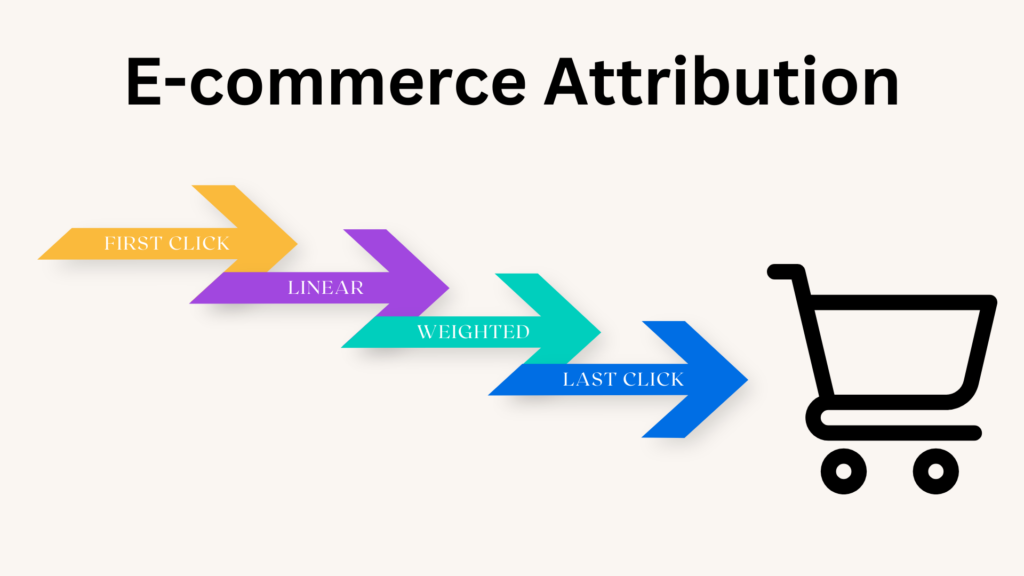
Deciphering the intricate web of customer journeys and identifying the most effective marketing channels is a perpetual quest for businesses. This brings us to the million-dollar question: Can you trust your attribution software?
Why the Doubt?
While my short answer is “most likely no,” this doesn’t imply that you should jettison attribution altogether. The rapid shifts in the digital landscape necessitate a dynamic approach to understanding customer behaviors.
Paid Software vs. Free Alternatives
One might argue that pricey software would offer superior insights compared to its free counterparts. But in many instances, this isn’t the case. Why pay a premium when tools like Google Analytics can offer substantial data, especially when paired with your custom attribution model?
Creating a Holistic Picture
A primary concern with many 1st party attribution platforms is their limited scope. Their recommendation might be something like “discover new audiences on Google.” Yet, time and again, I’ve seen Google act more as a nurturer and closer than a discoverer. It’s not the platform’s fault, but rather the way user intent is molded across different platforms.
Platforms like Facebook, Instagram, TikTok, Pinterest, and YouTube, to name a few, primarily serve as entertainment channels. Users aren’t there for ads; they’re there to consume content. Yet, the right ad can make a significant impact. When users encounter captivating creatives, they’re likely to remember the brand.
Fast forward, and Google comes into play in the mid-funnel stage, helping potential customers refine their choices. By the bottom of the funnel, Google often steals the show with branded searches. The undue credit often awarded to Google by many 1st party platforms means marketing dollars might be misallocated, undermining platforms like Facebook and Instagram.
Crafting Your Attribution Model
While different businesses have unique needs, a linear model, which gives equal attribution to each channel, can often provide more accurate insights than a one-size-fits-all software. By sourcing data from every platform and aggregating it, businesses can tailor their models to fit their specific audience and market conditions.
The Bonus: Leveraging Email and Other Channels
Beyond the dominant advertising channels, email remains a powerful tool for nurturing potential leads and customers. By integrating email marketing into your strategy, you can further reduce advertising costs, fostering a more organic relationship with your audience.
In Conclusion
While there’s no one-size-fits-all answer, adopting a DIY approach to attribution, coupled with the strategic use of free tools, can often yield more accurate, actionable insights than relying solely on 1st party platforms. The digital landscape is ever-evolving, and by staying agile, businesses can ensure they’re investing their marketing dollars where they matter most. So, before you splurge on that next shiny software tool, consider whether a more personalized approach might serve your needs better.
Q&A on Trusting Attribution Software and Building Custom Models
Q: Can you trust your attribution software completely?
A: Most likely no. While many attribution software platforms provide valuable insights, they might not capture the entirety of a customer’s journey, especially given how swiftly the digital landscape changes.
Q: Why might some platforms, like Google, get more credit than they deserve in certain attribution models?
A: Many 1st party attribution platforms have a limited view of the user journey. They might highlight Google as a discovery tool, but often, platforms like Facebook and Instagram play a more significant role at the top of the funnel, with Google acting as a nurturer and closer.
Q: Are free analytics tools like Google Analytics reliable for attribution?
A: Yes, tools like Google Analytics can offer substantial insights. When combined with a custom attribution model, you can get a clearer understanding of the customer journey without the hefty price tag of premium software.
Q: Why might platforms like Facebook or Instagram not get the credit they deserve?
A: Users primarily visit these platforms for entertainment. They get interrupted by ads, and if those ads have the right creative, they remember the brand. Traditional 1st party platforms might not fully capture this disruptive but effective form of brand recall, hence undervaluing these platforms.
Q: What is the significance of building a custom attribution model?
A: A custom attribution model allows businesses to tailor insights to their specific needs. By sourcing data from every platform and aggregating it, businesses can identify where their marketing dollars are most effectively spent. This is often more accurate than relying solely on generic models provided by 1st party platforms.
Q: How can email be integrated into the attribution model?
A: Email can be a powerful mid-funnel and bottom-of-the-funnel tool. By tracking user interactions with email campaigns, businesses can understand how email marketing efforts contribute to conversions and customer loyalty, further refining the attribution model.
Q: Are 1st party pixel platforms outdated?
A: In many ways, 1st party pixel platforms are becoming relics of the past. As the digital landscape evolves and users’ interactions with brands become more complex, it’s essential to adopt more comprehensive and flexible tools that capture the entire customer journey.
Q: How can businesses save money while building a reliable attribution model?
A: By leveraging free tools like Google Analytics and building a custom, linear attribution model, businesses can save money that might otherwise be spent on premium platforms. This approach not only saves costs but also offers a more holistic view of the customer journey.
Q: What’s the primary purpose of an attribution model?
A: The main goal of an attribution model is to understand the customer journey accurately. It helps businesses identify which marketing channels and strategies are most effective in driving conversions, allowing them to allocate resources more efficiently.
Q: How does the rapid change in the digital landscape affect attribution?
A: The ever-evolving digital landscape means that customer behaviors, platform algorithms, and marketing strategies are constantly shifting. An attribution model that worked a year ago might not be as effective today. Hence, businesses need to regularly reassess and refine their models to remain accurate and relevant.
